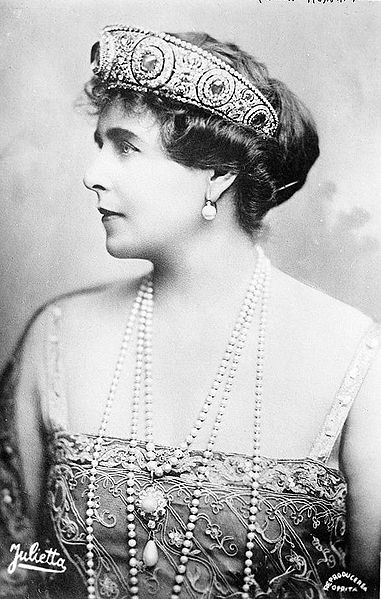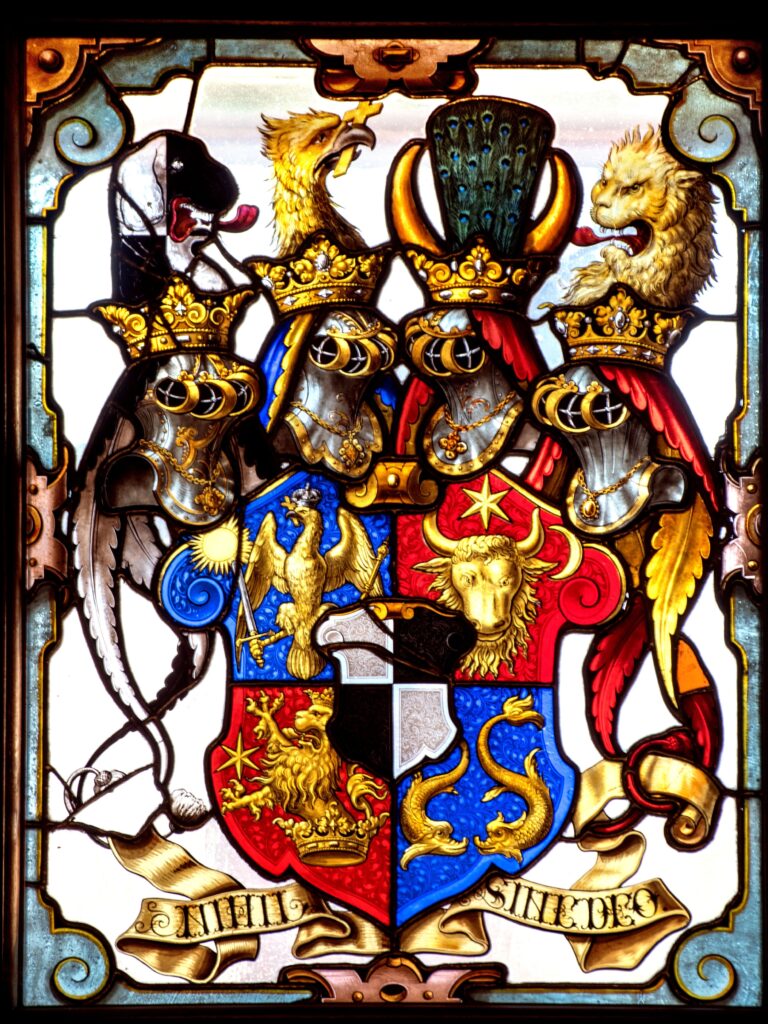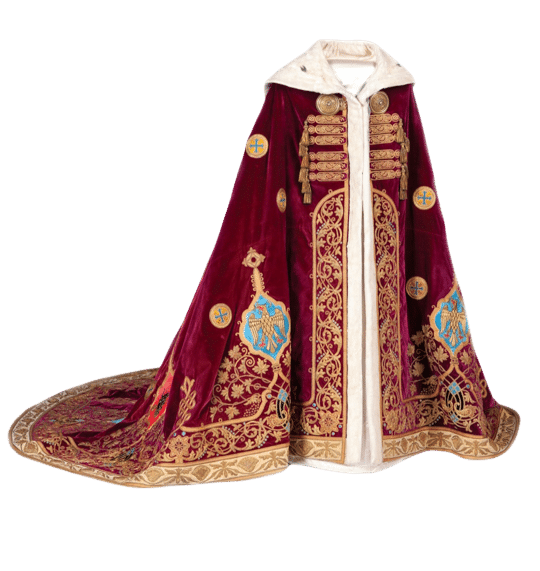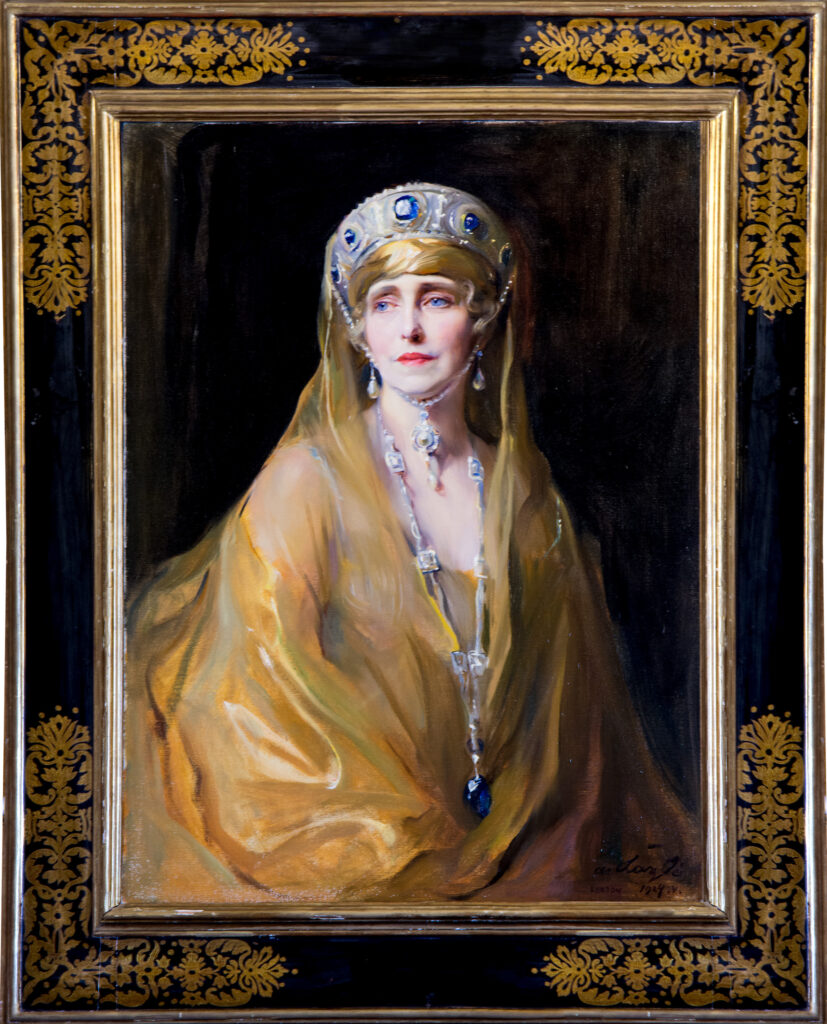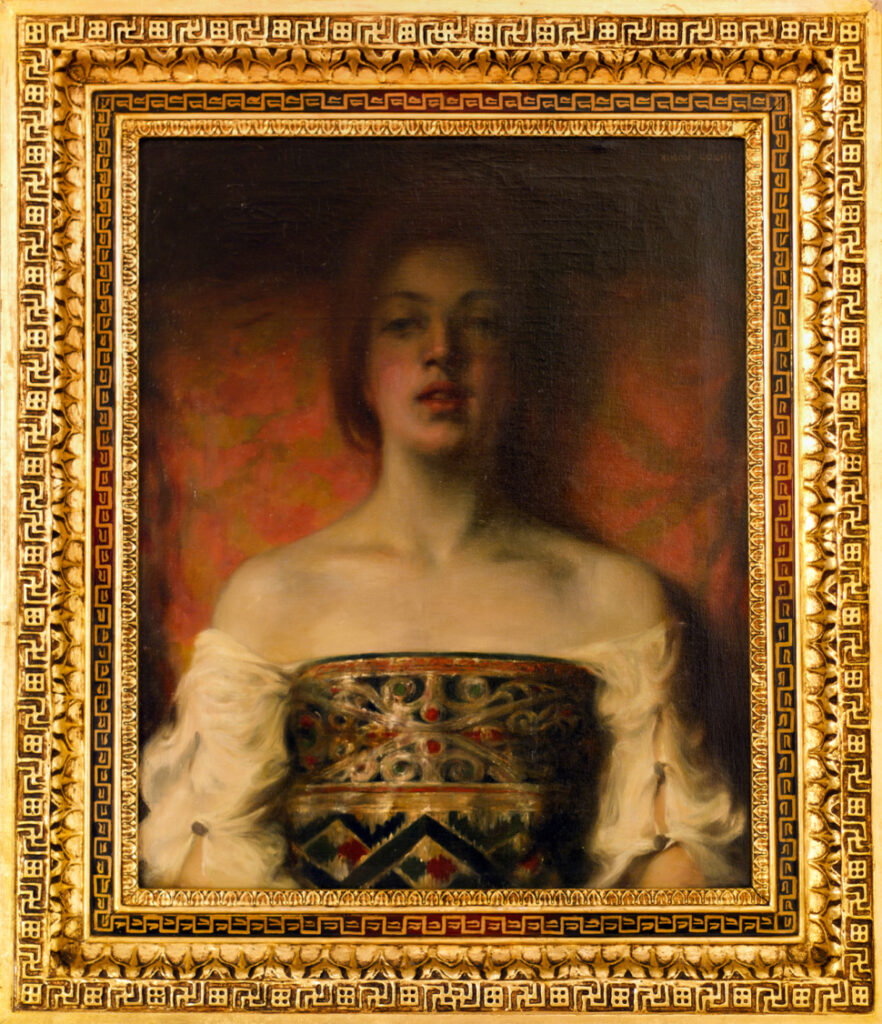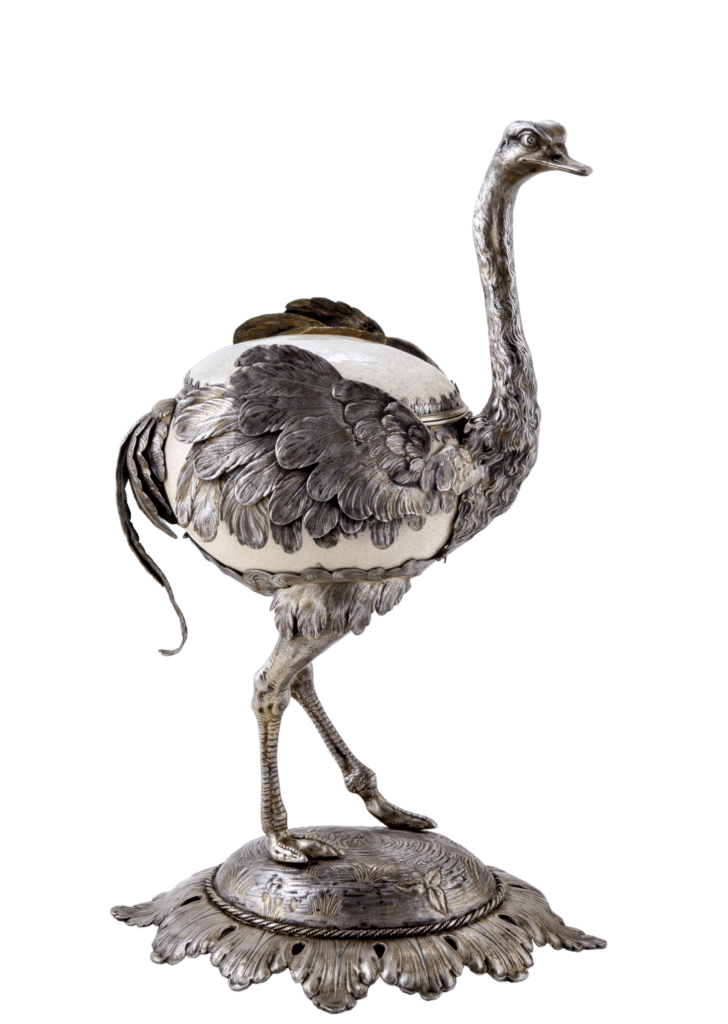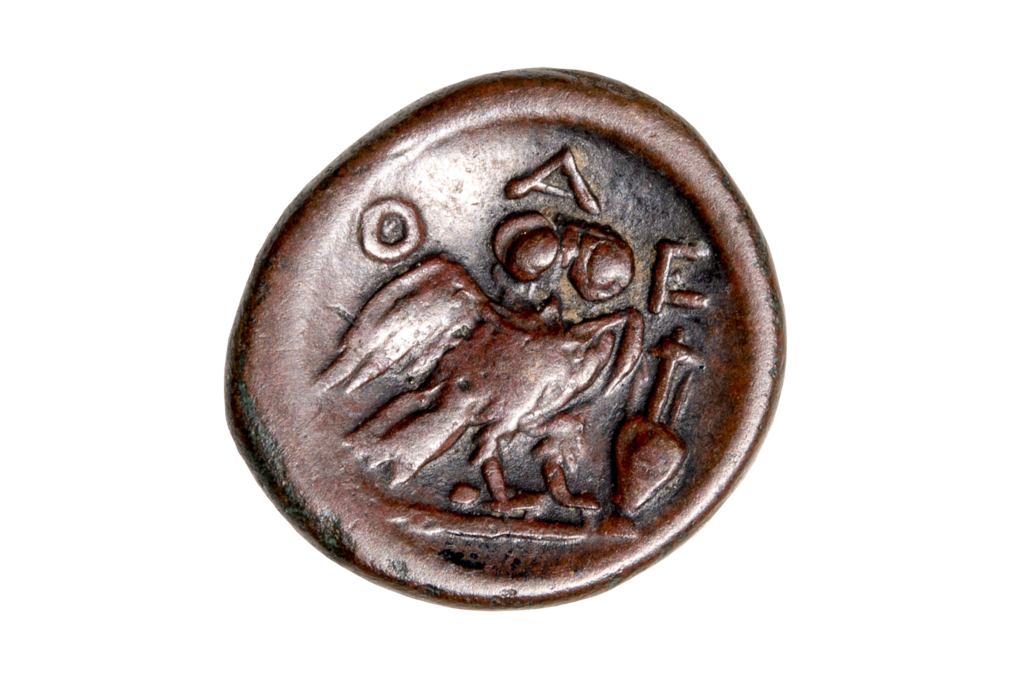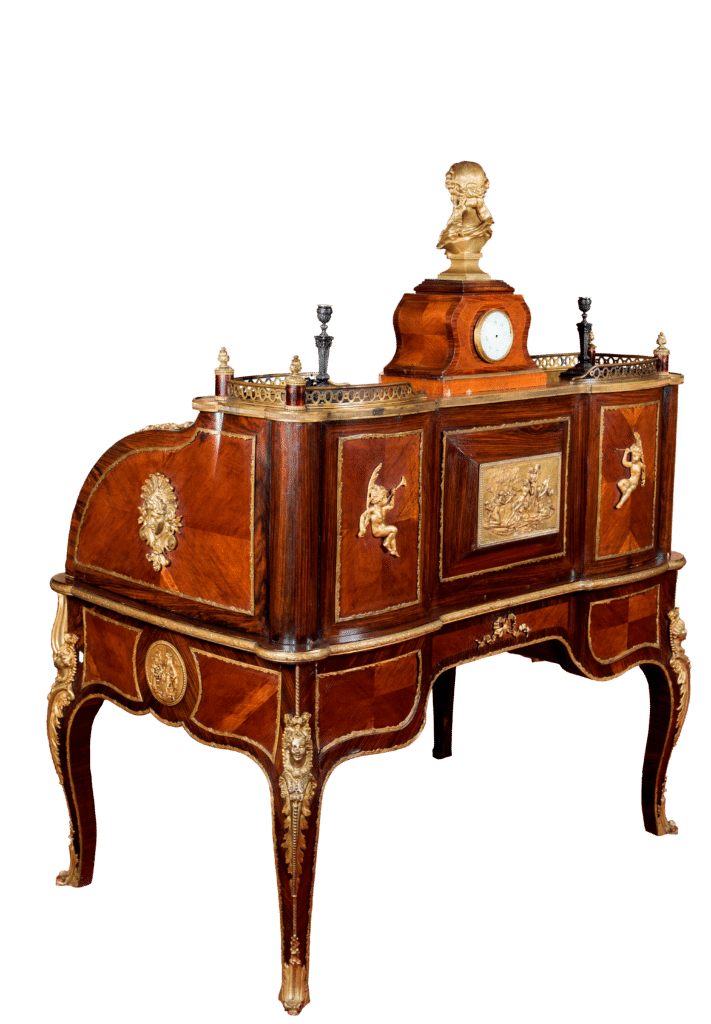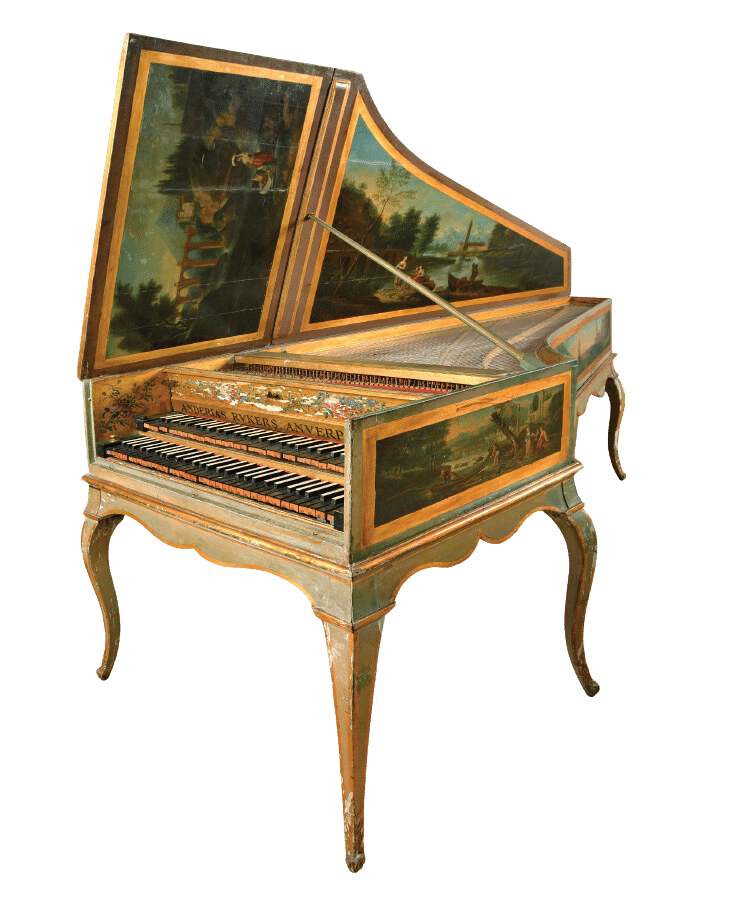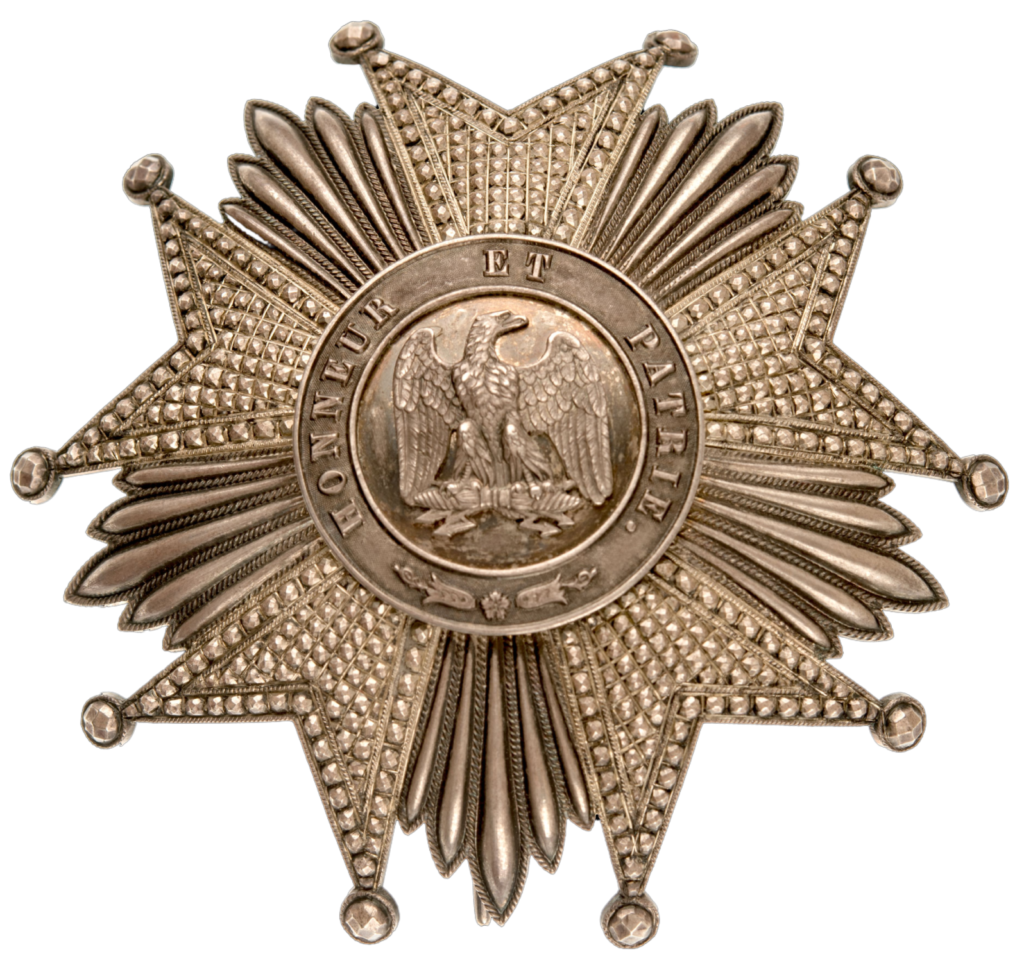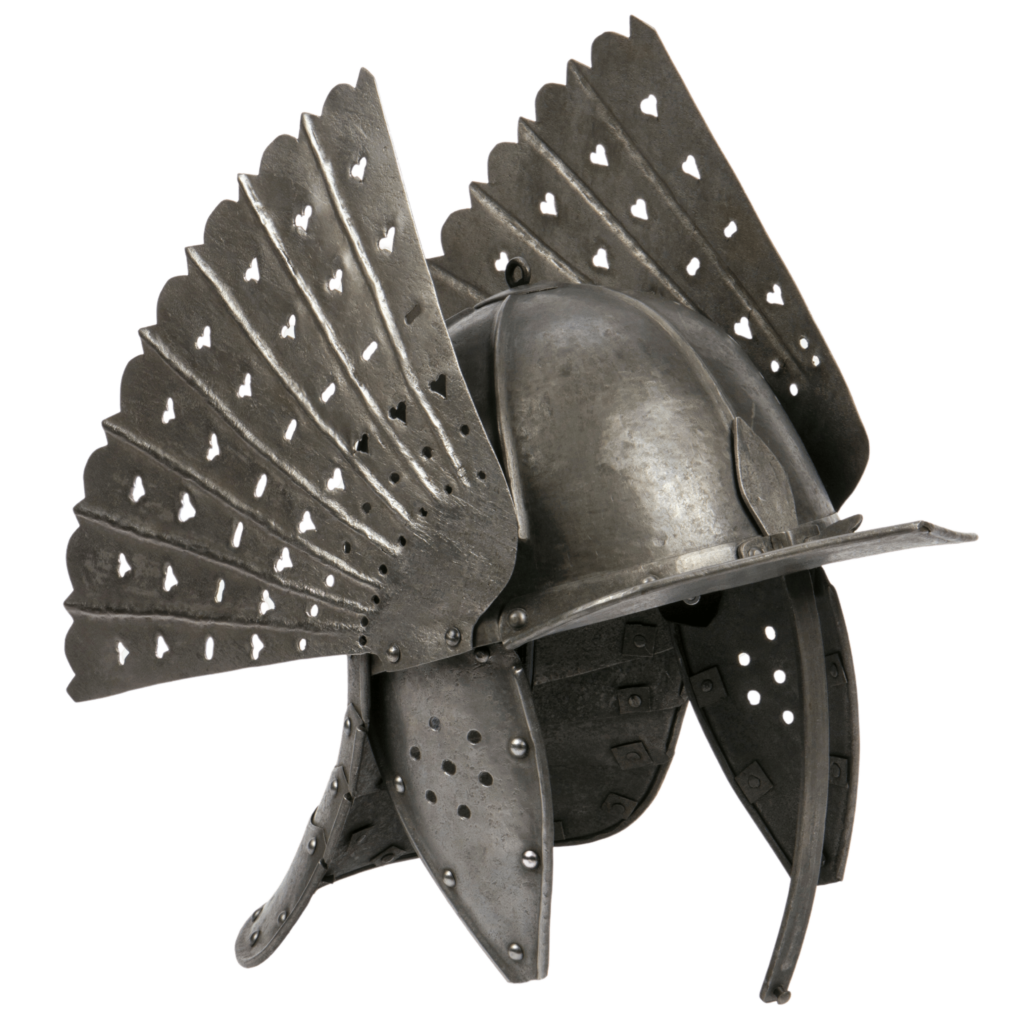Mary of Edinburgh-Saxe-Coburg-Gotha, was born on 29 October 1875, at Eastwell Park, Kent, United Kingdom, as the daughter of Duke Alfred of Edinburgh, second son of Queen Victoria of Great Britain, and Grand Duchess Mary, only daughter of Tsar Alexander II of Russia and Princess Mary of Hesse.
The education received by Princess Maria was truly royal. Here is how a witness of her adolescence, quoted by Nicolae Iorga, characterized her: "she believed in kings and their missions, but also in their rights. She was not haughty, but not humble, but royal from the roots of her hair to the soles of her feet, imperious, fiery, active, the little girl full of the joy of life and faith in her race."
Romantic and sensitive by nature, Maria vibrated in the face of beauty and was deeply marked by the years spent on the island of Malta, where her father, admiral of the British fleet, had his residence, when "everything seemed a revelation and all dreams a truth". She adored Malta, for it was full of all the radiant warmth of the South and at the same time the mysteries of the East. Always open to all artistic impressions, this stony world would remain in the Queen's memory as a "wonderful vision preserved with reverence in her soul" until the end of her days.
In January 1893, Princess Maria arrived in Bucharest as the wife of Prince Ferdinand, heir to the Romanian crown. That same year, Maria gave birth to her first child at Peleș Castle, who was christened Carol, in honor of King Carol I.
In 1894, the second child was born, also in Peleș, a girl named after Queen Elizabeth. In 1921, George II, son of King Constantine of Greece, married, who in turn became sovereign of Greece on September 27, 1922. After only 15 months, a revolution broke out in Greece, and George and Elizabeth took refuge in Bucharest, where they divorced. George returned to Greece, but Elizabeth remained in Bucharest, which she left with her grandson, Mihai, in January 1948. She died in Cannes, in 1956.
In 1900, in Gotha, Germany, the Crown Princess gave birth to her third child, Princess Mărioara, affectionately known as Mignon. She married King Alexander I of Serbia in 1922, with whom she had three children. Her husband was assassinated in Marseilles by Croatian terrorists in 1934. In 1941, Yugoslavia was occupied by the German army. Mignon died in 1961 and is buried in Frogmore Mausoleum in Windsor Park.
Three years after Mignon's birth, in the very year of the inauguration of Pelişor Castle, Prince Nicolae was born. He was the only one of Maria's children educated in England, at Eton, in the profession of his grandfather, the Duke of Edinburgh. Prince Nicolae was a member of the Regency Council between 1927 and 1930. He had an important contribution to his brother's return from Paris and to his occupation of the throne, under the title of King Carol II. Prince Nicolae's morganatic marriage to Ioana Doleti led to strained relations with his brother and ultimately to his exile. He died in Madrid in 1977.
In 1909, in Cotroceni, Princess Ileana was born, who would become Archduchess of Austria, through her marriage to Anton of Habsburg, with whom she had six children. Ileana returned to Romania, after the flight of Carol II, and during World War II, she founded and ran, on the Bran estate, which she had inherited from her mother, a hospital, "The Heart of Queen Maria".. Princess Ileana's second husband was Dr. Ștefan Isărescu. He left the country in 1948, with the rest of his family. After several wanderings through Europe, Ileana and her children settled in the United States. Later, Princess Ileana became a nun, taking the name Mother Alexandra, and founded an Orthodox monastery in Pennsylvania. She died in 1991, after having the joy of seeing her homeland again in 1990.
Maria's last child, Prince Mircea, born in 1913, tragically died, at only 3 years old, of typhoid fever, during World War I.
If immediately after her arrival in Romania, the Crown Princess was called "La Princesse Lointaine", because she seemed like a plant still unacclimatized in the country's soil, with the passage of time, Princess Maria came to know Wallachia better than those around her. And not only in its charming appearances, but, what few get to know, in the very essence of things and people. That is why in moments of distress during the refuge in Iași, when her dignity as Queen and even her life were threatened, she declared: "I have no other homeland than Romania. I will not part with this country!".
Queen Mary's entire way of life bears the imprint of her conception of royalty. In this concept one can recognize the Anglo-Saxon tradition in which she was educated, combined with Celto-Balto-Scandinavian elements, close to her soul as the "ultimate romantic", but also the autochthonous orthodoxy of the monarchical type of government. The nodal point in defining royalty was, for Maria, the sacred character of this institution. The old Anglo-Saxon concept identifies with the Orthodox one of the Lord, as the “anointed” of God. The sovereign was supposed to be, according to this theory, a model of wisdom, patience and benevolence. He embodied the greatness, power and solemnity of the royal institution. This is why the patriarchal cross, the symbol of sacred rule, appears repeatedly among the decorative elements of Pelișor Castle.
Aware of her political value, the granddaughter of the towering Queen Victoria of England and the autocratic lands of Russia (countries where the monarchy generated spontaneous respect), she was shocked to find her lack of authority as crown princess and how censored her power was.
However, if we remember the long period in the history of the Principalities in which the throne was sold by the Porte to the highest bidder, we understand why the sacred was no longer part of the Romanian people's conception of authority and why, as Maria said, "goodwill and trust had to be earned with effort and many sacrifices." Furthermore, as enshrined in the Constitution of 1866, the constitutional monarchy meant a monarchy under the control of the country and, implicitly, of public opinion. This public opinion had to be won, and, to achieve this, Princess Mary was guided by the principle encountered at the Court of her English grandmother: to undertake interesting things in general, and not necessarily political acts. But, "interesting things" were not allowed to the crown princess, who was obliged to conform to a strict protocol. To get out of this impasse, Maria's imagination revived and updated medieval court traditions, full of charm and spectacle, which corresponded to North German ideas about royalty, but also to local conceptions, from the 17th century. Court pomp and ceremony had acquired, since the era of Constantin Brancoveanu, an important role in influencing consciences and underlining royal authority.
A lover of beauty, Maria also had another way of asserting her personality – the artistic one. Her literary creation includes stories, evocations, novels, memoir volumes. We will cite just a few titles: “My Country”, “The Dreamer”, “A Legend from Mount Athos”, “The Story of a Disobedient Lady”, “Thoughts and Icons from the Time of War”, “Unquenchable Longing”, “The Story of a Heart”, “Crowned Queens”, “Fantastic Birds on the Blue Sky”, “The Voice from the Mountain”, “Masks”, “The Story of My Life”. The literary works were written in English and translated into Romanian, some of the translations belonging to Nicolae Iorga.
The Scripture, in the 16th century translation, which seems to be an interpretation in the style of Spencer and Shakespeare, had become so familiar to her that, in the tragic days of defeat in Iași, when she could not speak otherwise of the moral pains that tore her apart, Mary, Queen of Romania, sent to be printed in Romanian, biblical verses that contained her sorrows, angers and hopes.
A talented painter herself, Queen Maria was the creator of an artistic society, which had Ștefan Luchian and Ștefan Popescu among its founding members, entitled "Artistic Youth". This society included, among its members, valuable visual artists of the interwar period: Kimon Loghi, Samuel Mutzner, Elena Popea, Marius Bunescu, Costin Petrescu, A. Verona, N. Vermont, AA Ionescu, Ipolit Strâmbu and others.
Endowed with artistic graces, but also with remarkable intelligence, Princess Maria gradually reaches the heart of the austere King Carol I. Here is how she describes it in "Memories" his evolution of the relationship with the old king: "As one who never had a taste for restrictions, there were days when a simpler life would have suited my tastes better. But as I grew older, my patience grew, as did my understanding, and so I learned to appreciate the value of those things which had often tired me at first. I entered more fully into what interested the good old man; so much knowledge could be gained from his experience, and if his judgment was sometimes foreign to my more ardent way of understanding things, I learned much from his words, and still more from the example he gave me.
"There was never a more austere, simpler, more selfless man, living for his work. A saint could not have lived a life of greater self-denial. We did not always agree, but every year we became closer friends."
Having become sovereign in September 1914, Queen Maria became involved in the political life of the country, with tact and boldness. She played a decisive role in the creation of Greater Romania, being at the forefront of the pro-Entente movement, as a fortunate advisor to King Ferdinand.
During her refuge in Iași, she bravely endured the ordeal of war, without losing her faith in victory for a moment. "Mother of the Wounded" impressed with her inexhaustible energy and courage, especially in the Moldavian hospitals, crowded with patients suffering from typhus. Later, she would write in her "Memoirs": "I remained among my soldiers for many days and God allowed me to be of some help; days of terrible toil, days of darkness, when what I saw were things that I will never be able to forget."
In 1918, after returning from refuge to a plague-ridden Bucharest, the Queen became infected and, for a few days, her life was in danger. Barely recovered, she set off for Paris, where the fate of the world was being decided, where borders were at stake, on a journey to defend Romanian law.
Elected member of the Academy of Fine Arts, acclaimed from the first words as one of the great personalities of her era, the Queen won over a world whose reserve capitulates so hard both before situations and before talent. On every occasion, she insisted on affirming that Romania, without demanding, does not beg. She only claims what is due to her. "We are not" she said, ,,poor relation".
In recognition of his special merits in the creation of Greater Romania, on December 1, 1920, the Bran City Council decided: "Let us give Her Majesty Queen Maria of Great Romania the ancient castle of Bran. The donation should be, above all, an expression of the sincere veneration that the population of our city feels towards the great Queen who dries the tears of widows and orphans, encourages the hopeless, extends help and comfort to those who lie in suffering and spreads blessings wherever she directs her steps, and through all this conquers with an irresistible impetus the hearts of the population of the entire country."
On October 15, 1922, she had the great joy of participating, alongside her husband, in the Coronation of Alba-Iulia. With the crown on her head and long cloak, Queen Maria is like the Byzantine empresses, but also like the Romanian princesses of the 16th century. Unlike Queen Elisabeth's crown – a gold replica of King Carol I's steel crown – Queen Maria's crown has fleurons, precious stones, and pendants on the right and left. The resemblance to Despina Doamna's crown is striking.
In 1926, Queen Mary fascinated the West and had a triumphant tour of the USA, which she had to interrupt as King Ferdinand's health was deteriorating.
Upon the death of King Ferdinand in 1927, his 6-year-old grandson, Michael, became sovereign. The Regency Council formed included Prince Nicolae, Patriarch Miron Cristea, and Gh. Buzdugan, President of the Court of Cassation. In 1930, Queen Maria's eldest son, Carol, returned from Paris and forcibly installed himself on the throne, against her will. King Carol II isolated his mother in her testamentary residence, the Cotroceni Palace. Removed from the political life of the country, Queen Maria lived in self-imposed exile at her villa in Balchik, where she could be seen wearing a white veil tied in a monastic manner, the color of widowed queens.
Maria's health began to deteriorate and, in 1938, she went to a clinic in Dresden for treatment. Learning from the doctors that the end was near, she decided to return to the country and, on July 18, 1938, she passed into eternity in the Golden Room of Pelișor Castle, decorated by herself with the symbols she loved: of faith, light and eternal life. In her moral testament – "Letter to My Country and My People" – Queen Maria sent a moving farewell to the people with whom she had identified: "From now on, I will not be able to send you any more signs; but above all, remember, my People, that I loved you and that I bless you with my last breath."
But his work survived and enriches the national heritage. Part of this work is located in Pelișor Castle, this place and is waiting for you to discover and understand it.
